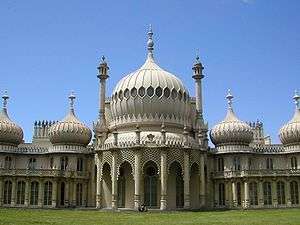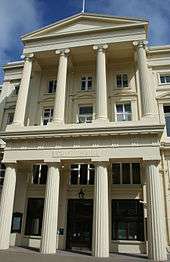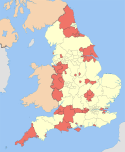Brighton and Hove
Brighton and Hove (/ˈbraɪtən ... ˈhoʊv/) is a coastal city in East Sussex, in South East England. The neighbouring towns of Brighton and Hove formed a unitary authority in 1997, and in 2001 were granted city status by Queen Elizabeth II. Best known as a seaside resort, "Brighton" is often referred to synonymously with the official "Brighton and Hove", although many older locals still consider the two to be different towns. At the 2011 census, the city was England's most populous seaside resort, as well as the largest city in South East England, with a population of 273,369 – an increase of 25,552 (10.3%) since 2001.[1]
Brighton and Hove City of Brighton and Hove | |
|---|---|
From top, left to right: Palace Pier, Royal Pavilion, Volk's Electric Railway, i360 observation tower, Clock Tower | |
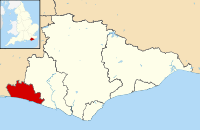 Brighton and Hove shown within East Sussex and England | |
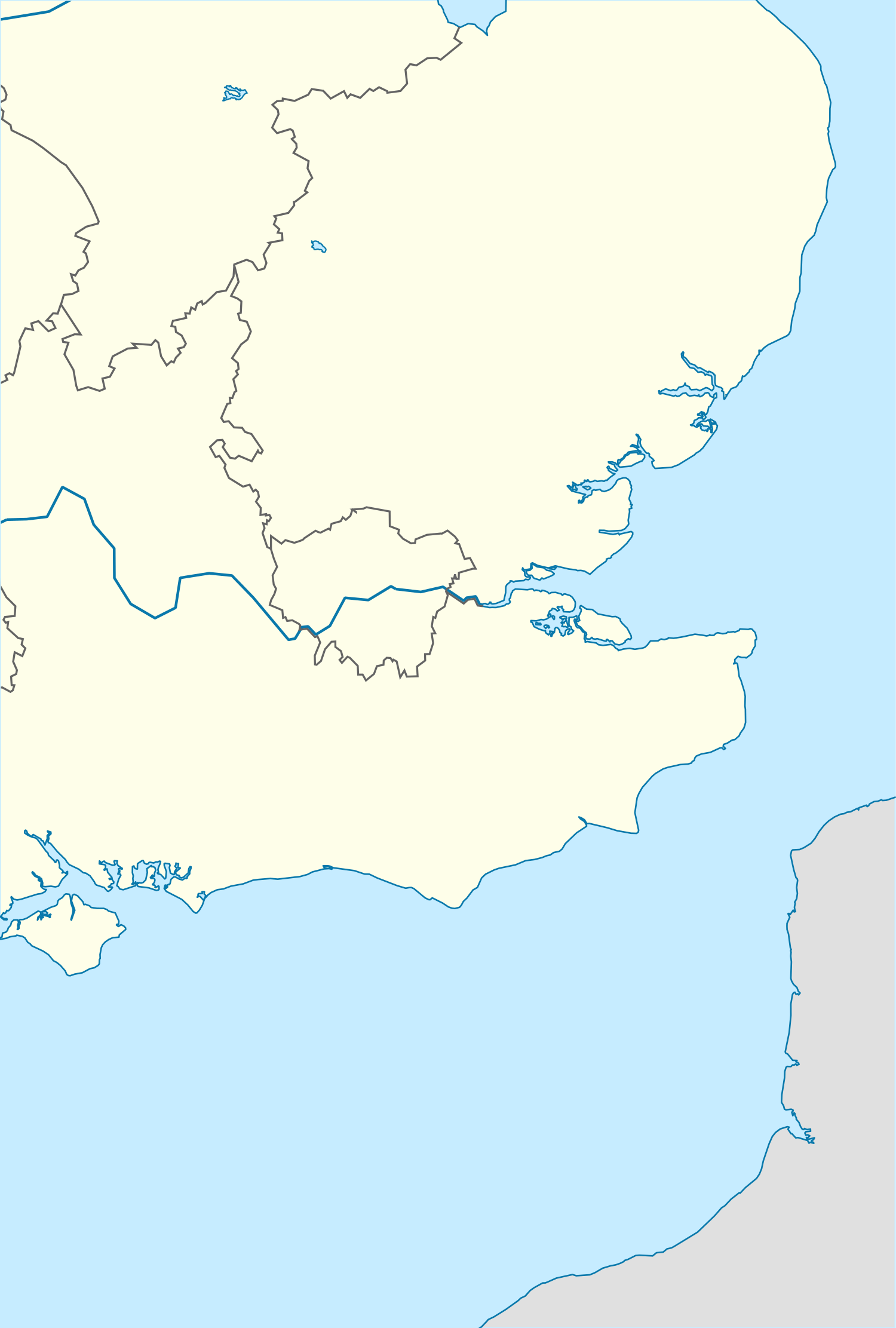 Brighton and Hove Location of Brighton and Hove 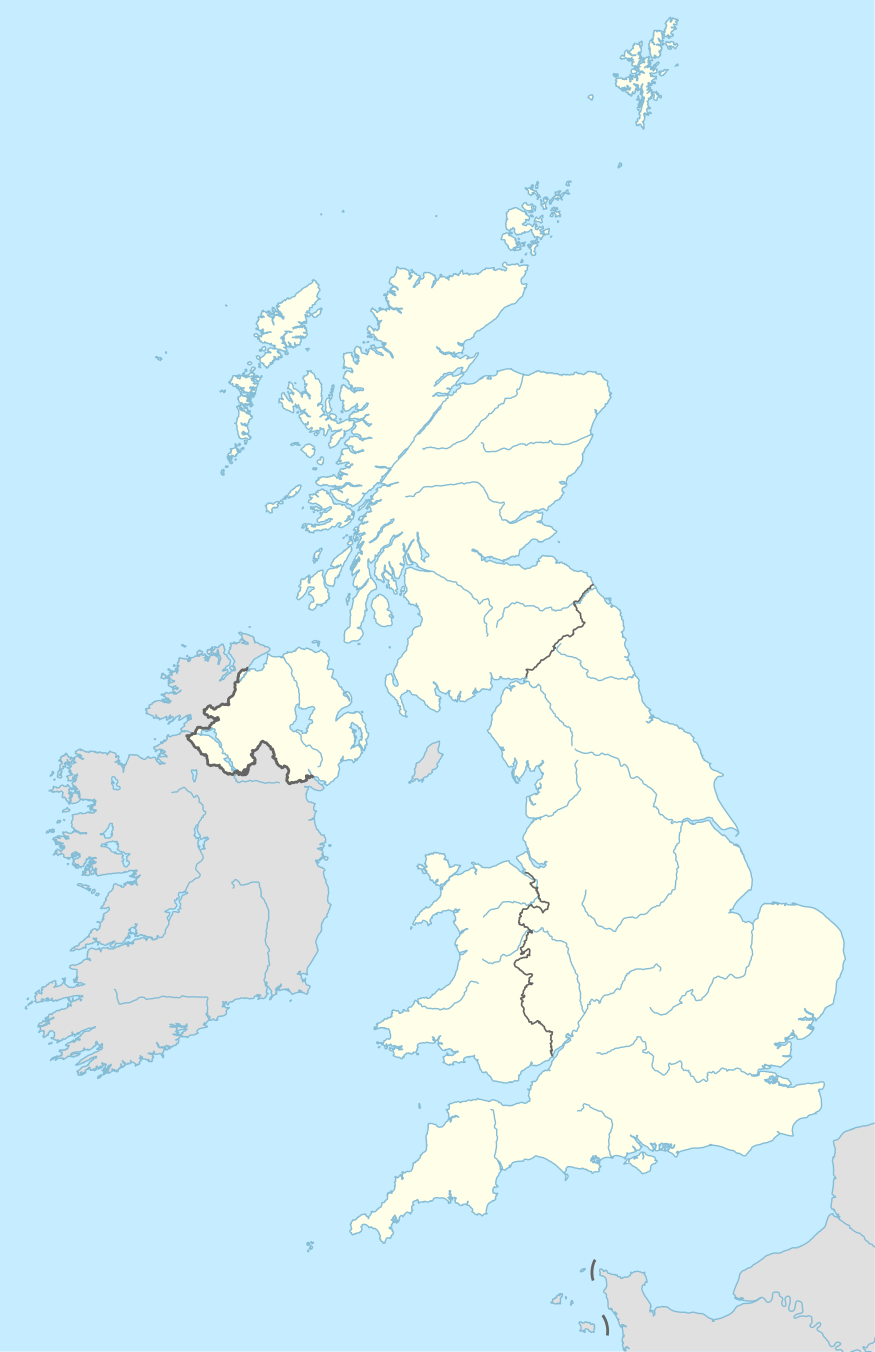 Brighton and Hove Brighton and Hove (the United Kingdom)  Brighton and Hove Brighton and Hove (Europe) | |
| Coordinates: 50°49′40″N 0°09′10″W | |
| Sovereign state | |
| Country | |
| Region | South East England |
| Historic county | |
| Ceremonial county | East Sussex |
| Administrative seat | Hove |
| Established | 1 April 1997 |
| City status | 31 January 2001 |
| Government | |
| • Type | Unitary authority |
| • Body | Brighton and Hove City Council |
| • Governance | Committee system |
| • Executive | NOC (Labour administration) |
| • Leader | Nancy Platts |
| • Mayor | Alex Phillips |
| • MPs | Peter Kyle (L) Caroline Lucas (G) Lloyd Russell-Moyle (L) |
| Area | |
| • City and unitary authority | 33.80 sq mi (82.79 km2) |
| • Urban | 34.5 sq mi (89.4 km2) |
| Area rank | 229th |
| Population (mid-2019 est.) | |
| • City and unitary authority | 290,885 |
| • Rank | 45th |
| • Density | 9,090/sq mi (3,508/km2) |
| • Urban | 474,485 (15th) |
| • Urban density | 13,740/sq mi (5,304/km2) |
| • Metro | 769,000 (15th) |
| • Ethnicity (2011 Census) | 80.5% White British 8.5% Other White 3.7% Mixed Race 3% Asian 1.5% Black 1.1% Chinese 0.8% Arab 2.1% Other |
| Time zone | UTC (Greenwich Mean Time) |
| • Summer (DST) | UTC+1 (British Summer Time) |
| Postcode areas | BN (1, 2, 3, 41) |
| ONS code | 00ML (ONS) E06000043 (GSS) |
| ISO 3166-2 | GB-BNH |
| Website | www |
History
The City of Brighton and Hove was formerly two separate towns: Hove and Brighton. The present local authority structure is the result of a number of historic local government reorganisations.
Brighton
The Great Reform Act of 1832 created the parliamentary borough of Brighton. Brighton was incorporated as a municipal borough in 1854,[2] later becoming a county borough under the Local Government Act 1888; it covered the parish of Brighton and part of Preston. Ovingdean, Patcham and Rottingdean were added to Brighton in 1928.
Hove
Hove became a local board of health in the late 19th century, originally covering the parish of Hove. In 1893 the parish of Aldrington was added to Hove local board. Hove became incorporated as a municipal borough in 1898; Hangleton, Preston Rural and West Blatchington were added to Hove in 1928.
Portslade-by-Sea was added to Hove in 1974 under the Local Government Act 1972.
Unification
In 1972, Both Brighton and Hove became non-metropolitan districts of East Sussex.[3] In 1997, as part of local government reform, the boroughs merged to form a Borough of Brighton and Hove, and this unitary authority was granted city status in 2000.[4]
In 2014, Brighton and Hove formed the Greater Brighton City Region with neighbouring local authorities.[5]
City Council
Political composition
Elections are held every four years. Therefore, the last elections occurring on 2 May 2019[6]
| Party | Councillors | ||
|---|---|---|---|
| Labour | 20 | ||
| Green | 19 | ||
| Conservative | 14 | ||
| Independent | 1 | ||
| Total | 54 | ||
| Source: Brighton & Hove City Council | |||
Brighton and Hove was the first local authority in the United Kingdom where the Green Party were both the largest group within the council and also led the council (from May 2011 to May 2015).
In February 2019 long-standing Labour councillor Anne Meadows defected to the Conservatives. She was deselected as a candidate for the 2019 elections by the Moulsecoomb and Bevendean ward Labour Party in 2018.
Former Labour group leader Councillor Warren Morgan left the Labour Party in February 2019. He affiliated with The Independent Group (TIG) along with fellow former Labour councillor Michael Inkpen-Leissner.
This change in political structure saw the Conservatives become the largest party on the council, as one former Labour seat was vacant following a councillor's resignation within six months of elections.
In March 2019, an extraordinary council meeting was called by the Conservatives in a bid to take control of the authority in the final weeks before the May 2019 elections. This move was defeated as Green and TIG councillors voted with Labour.
Industrial relations
In 2013 the council was obliged to finalise single status across its workforce, resulting in a strike of its refuse collectors and street cleaners. Their council reformed their allowances to equalise them with other staff at the organisation conducting similar work.[7]
Administration
The Leader of the Council and Labour minority administration since April 2018 is Councillor Daniel Yates (Lab Co-op). [8]
The mayor of Brighton and Hove for 2019–2020 is Councillor Alex Phillips.[9] Geoff Raw is the current chief executive.[10]
DVLA database ban
In 2012 it was revealed that the Brighton and Hove unitary authority has been permanently banned from accessing information from the Driver and Vehicle Licensing Agency. This information is normally made available to local authorities for purposes such as enforcing parking fines, but access can be withdrawn if they are found to be misusing the service. The Big Brother Watch organisation, which obtained the information about the ban under a Freedom of Information request, claimed that "the public are right to be worried that their privacy is at risk across a range of government services."[11]
Census
The first census of Brighton was in 1801.
The resident population of Brighton and Hove at the 2011 census was 273,369 persons, 50% male and 50% female.[12]
The 2011 census found the ethnic composition of Brighton and Hove to be 89.1% white (80.5% white British, 1.4% white Irish, 7.1% other white), 4.1% Asian (1.1% Chinese, 1.1% Indian, 0.5% Bangladeshi, 1.2% other Asian), 3.8% mixed race (1.5% mixed black/white, 1.2% mixed white/Asian, 1.0% other mix), 1.5% black and 0.8% Arab.[13]
The 2011 census found the religious composition to be 42.90% Christian, 42.42% nonreligious, 2.23% Muslim, 1.00% Buddhist, 0.98% Jewish. 1.66% were adherents of some other religion, while 8.81% did not state their religion.[13]
In the 2001 census, Brighton and Hove had the highest percentage of citizens indicating their religion as Jedi among all principal areas of England and Wales.[14]
Wording of the Letters Patent
The Letters Patent of 2001 that confers City status is worded thus:
Elizabeth the second by the Grace of God of the United Kingdom of Great Britain and Northern Ireland & of Our Realms & Territories Queen Head of the Commonwealth Defender of the Faith.
To all whom these Presents shall come Greeting. Whereas We for divers good causes and considerations Us thereunto moving are graciously pleased to confer on the Towns of Brighton and Hove the status of a city. Now Therefore Know Ye that We of Our especial grace and favour and mere motion do by these Presents ordain declare and direct that the TOWNS OF BRIGHTON AND HOVE shall henceforth have the status of a CITY and shall have all such rank liberties privileges and immunities as are incident to a City. In witness whereof We have caused Our Letters to be made Patent Witness Ourself at Westminster the thirty first day of January in the forty ninth year of our reign.
By Warrant under The Queens Sign Manual.[15]
Economy and demography
The economy of the city is service-based with a strong emphasis on creative, digital and electronic technologies. Tourism and entertainment are important sectors for the City, which has many hotels and amusements, as well as Brighton Pier and Shoreham/Portslade Harbour.
The United Kingdom Census 2011 showed a substantial fall in the proportion of the population claiming Jobseeker's Allowance or Income Support, from 10.1% of the resident population in 2001, to 4.5% of the resident population in 2011.[16]
References
- "2011 Census: Usual resident population" (PDF). Brighton and Hove City Council. 2011. p. 3. Retrieved 31 May 2020.
- "Incorporation". My Brighton and Hove. 3 January 2007. Retrieved 31 May 2020.
- "The English Non-metropolitan Districts (Definition) Order 1972". www.legislation.gov.uk. Retrieved 31 May 2020.
- Morgan, Warren (7 January 2017). "The evolution of Brighton and Hove". www.brightonandhoveindependent.co.uk. Retrieved 31 May 2020.
- "City Deal; The beginning of a great city region". Brighton and Hove City Council. 2014. Retrieved 31 May 2020.
- "Brighton & Hove local elections results 2019". Archived from the original on 4 May 2019. Retrieved 4 May 2019.
- "Allowances modernisation". Brighton & Hove City Council. Brighton & Hove City Council. Archived from the original on 6 October 2014. Retrieved 2 October 2014.
- "The Leader". Brighton and Hove Council. Archived from the original on 15 July 2015. Retrieved 14 July 2015.
- "The Mayor of Brighton & Hove". Archived from the original on 20 August 2016. Retrieved 3 December 2016.
- "The Chief Executive". Brighton and Hove City Council. Archived from the original on 8 December 2015. Retrieved 3 December 2015.
- DVLA bans councils from database over abuses, BBC News, 8 December 2012, archived from the original on 9 December 2012, retrieved 10 December 2012
- "Brighton & Hove City Snapshot – Summary of Statistics 2014" (PDF). Brighton & Hove City Council. Archived (PDF) from the original on 6 May 2016. Retrieved 3 September 2017.
- UK Census (2011). "Local Area Report – Brighton and Hove Local Authority (1946157280)". Nomis. Office for National Statistics. Retrieved 14 March 2018.
- "2001 Census". statistics.gov.uk. Archived from the original on 9 January 2007.
- "The Brighton & Hove crest". Brighton & Hove City Council. Archived from the original on 30 August 2012. Retrieved 5 February 2013.
- Key Statistics: Population; Quick Statistics: Economic indicators Archived 11 February 2003 at the Wayback Machine. (2011 census and 2001 census) Retrieved 2015-02-27.
External links
- "Brighton & Hove City Council". Retrieved 20 August 2007.


